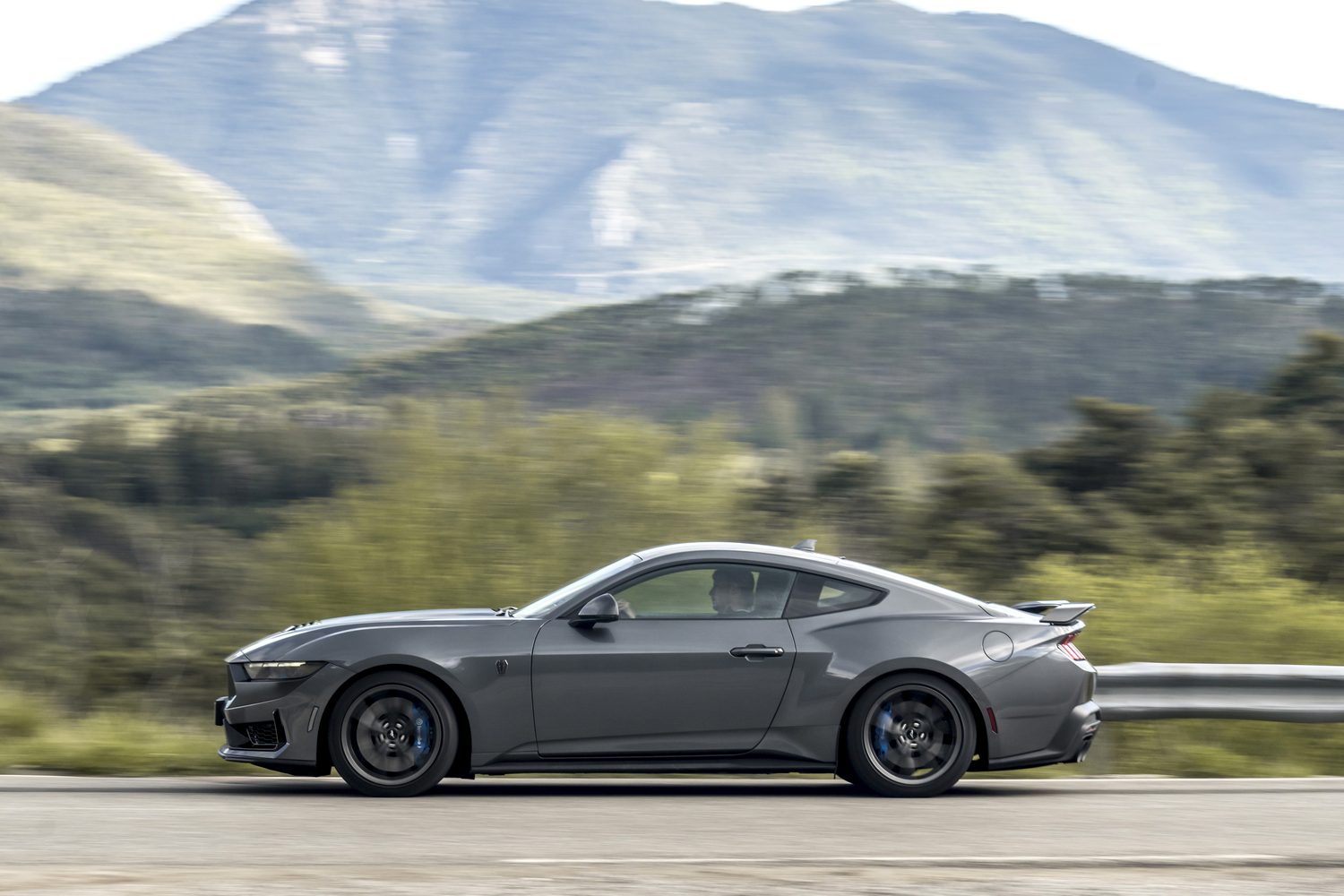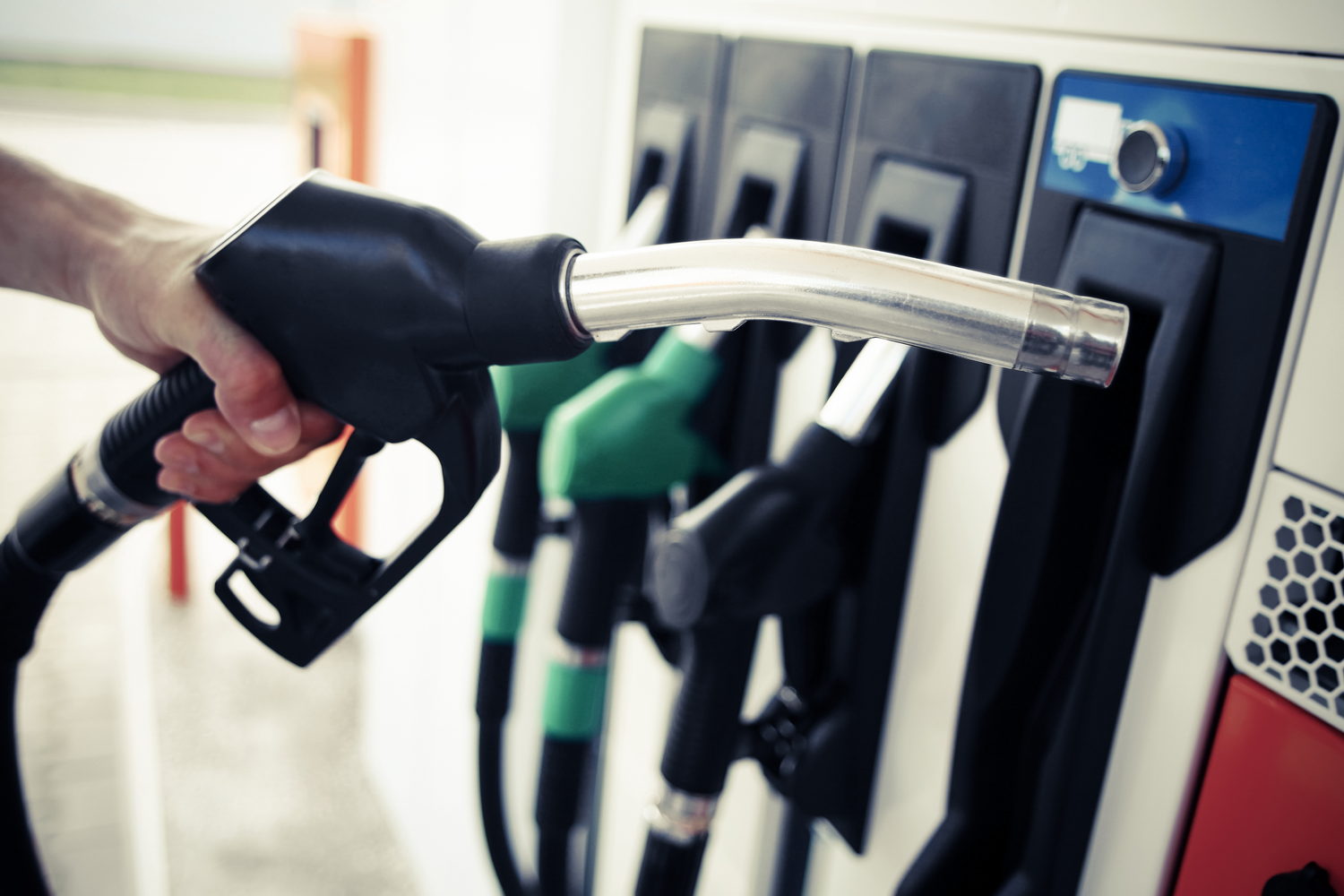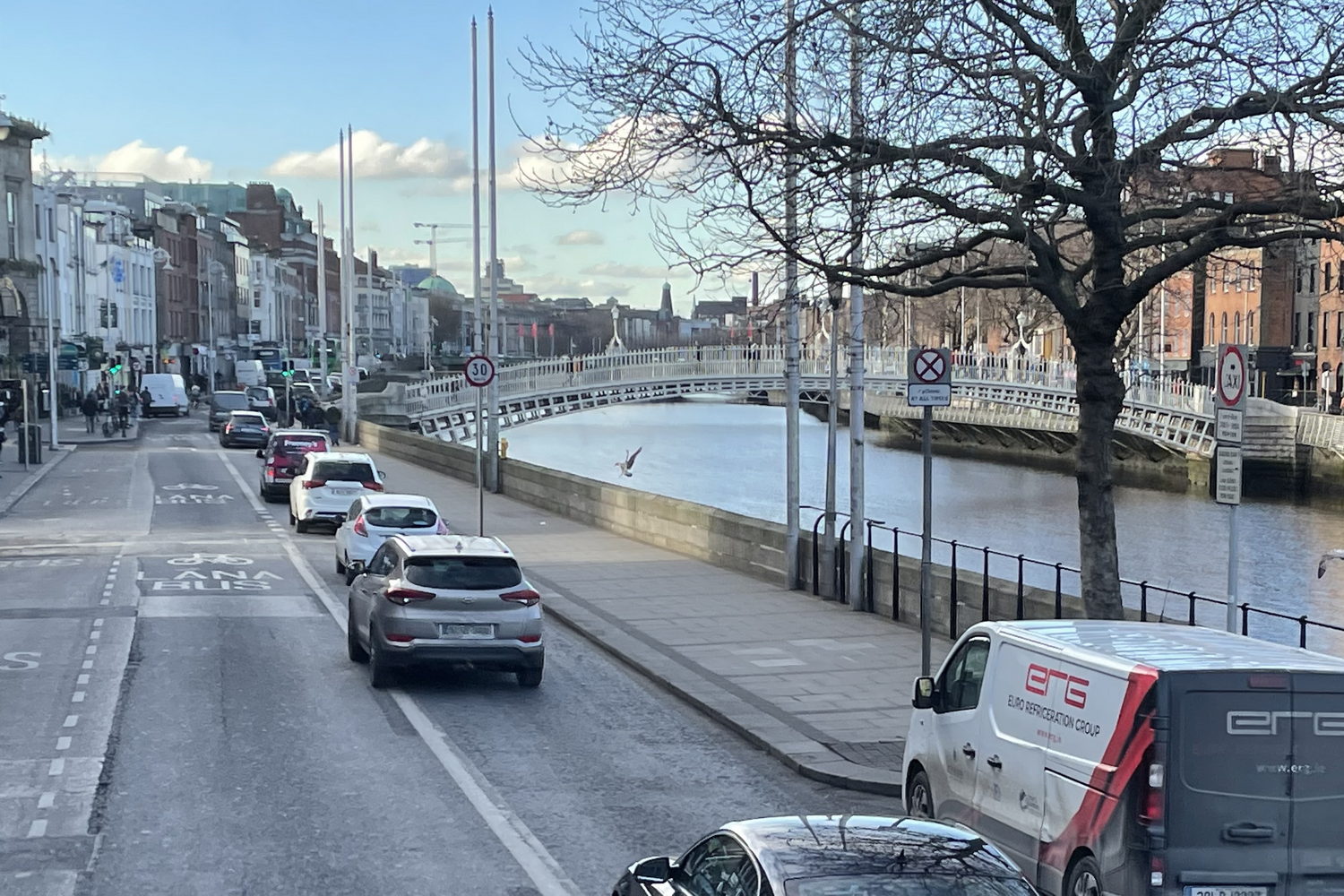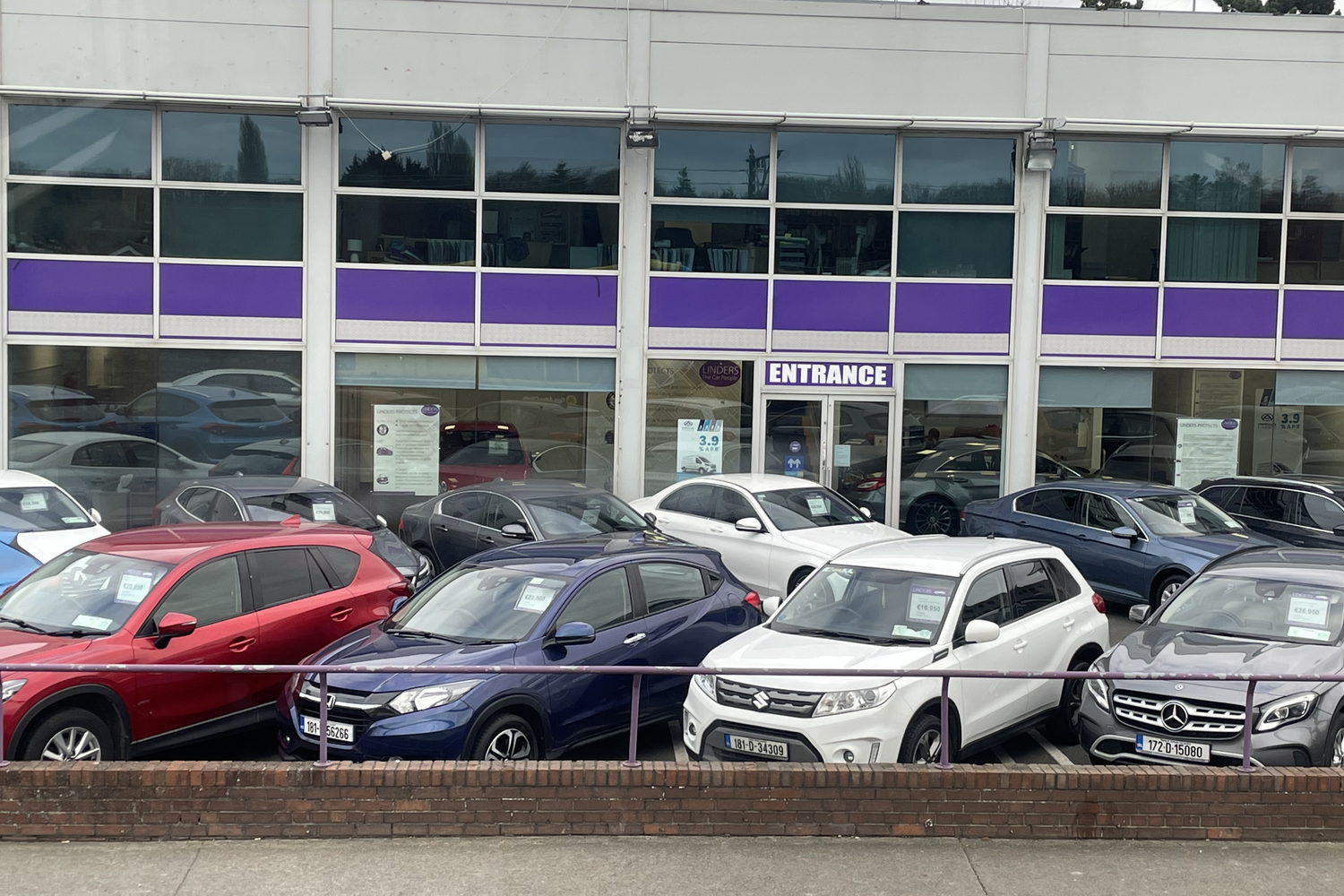New EU regulations for the corporate average fuel emissions (CAFE) come into effect this year, meaning manufacturers face stiff fines if they cannot meet stringent levels of CO2 output.
Coupled to newer, tougher EU7 regulations, it means that we could see a short-term reduction in the number of internal combustion engined (ICE) models carmakers are willing to sell, with a heavy priority on electric vehicles (EVs) instead.
Here, we look at what the regulations are, and what they mean for Irish car buyers.
What is CAFE?
The average CO2 emissions of all the vehicles sold by a car manufacturer in a year must level out at or below preset levels from the European Union. For 2025, this is now reduced to 93.6g/km of CO2 for cars sold in the 27 EU member states.

For example, if a manufacturer like Ford wants to keep selling the V8-powered Mustang Dark Horse (CO2 rating: 279g/km), for every one of those it sells, it would need to shift at least three zero-emission EVs to balance out at less than 93.6g/km of fleet CO2.
If manufacturers fail to meet this average, they could be fined up to €95 for each gram they exceed the limit by for each and every car sold, potentially resulting in multimillion-euro penalties for companies failing to attain the EU regulations.
It gets even tougher from 2030 onwards, because the current rate of 93.6g/km will decrease by almost half to 49.5g/km after December 31, 2029. That will then be in place until the end of 2034, when the official ban on the sale of new petrol and diesel cars comes into effect across the EU from 2035.

So, the latest CAFE regulations are basically targeted at reducing manufacturers’ average vehicular CO2 emissions by 15 per cent, compared to the start of the decade. Things are moving in the right direction, of course, as average CO2 emissions in 2000 were more than 170g/km, dropping to 130g/km by 2010 and then 120g/km just prior to the Covid pandemic in 2019. But the carmakers still need to do more to drive fleet CO2 down, which is why the sales emphasis of new cars nowadays is heavily placed on pure EVs, hybrid-electric vehicles (HEVs) and plug-in hybrids (PHEVs).
And how do the EU7 regulations tie into this?
EU emissions laws have been in place since 1992 and EU1, gradually evolving in severity over the intervening decades to the point we’re currently under EU6 regs, which came into effect in 2015. These introduced tough exhaust-cleaning measures sure as selective catalytic reduction (SCR) and strict limits on the emissions of nitrogen oxides (NOx) from exhausts, as well as extending the regulations to all vehicle types. That said, EU6 specifically relates to cars and vans, while Euro VI is for heavier-duty commercial vehicles like buses and lorries, with subtly different levels between the two.
Although it has not yet been officially ratified by the European Parliament, EU7 is slated to come into force from July 1, 2025. It is the first set of emissions regulations that will focus on pollutants that come from other sources besides the exhaust - specifically, particulate matter such as brake dust and tyre wear - so it doesn’t just apply to ICE cars but EVs as well (as these can generate brake and tyre particulates too).

Nevertheless, focusing mainly on petrol and diesel machines, EU7 will apply to all new vehicles alike - so petrol and diesel cars, vans, lorries and buses. This means lighter vehicles (cars and vans) need to emit 35 per cent less NOx, while commercial vehicles (lorries and buses) must have their NOx emissions cut by 56 per cent. General exhaust emissions must also be reduced by 13 and 27 per cent for the two categories, respectively.
EU7 regs aim to better simulate real-world driving conditions, with all new vehicles tested up to higher temperatures and on shorter journeys to ensure compliance. There is also a requirement under the new rules for all vehicles sold to remain compliant for longer. EU6 stipulates that cars and vans can meet its standards for five years or 100,000km after they are sold, but EU7 will double those thresholds to ten years and 200,000km, and that will apply to lorries and buses too.
There will even be a specific test for PHEVs and EVs, which will assess the longevity and performance of their batteries to ensure they maintain their advertised capacity over a period of time - in the case of PHEVs, how effective the battery is pertains directly to how much fuel the vehicle in question uses, and concomitantly how much CO2 and other emissions it will emit from its tailpipe.
All six previous emissions standards have been in effect from between four and six years each, so it is likely that EU7 will be in force until 2029 at the earliest.
Are manufacturers meeting the CAFE and EU7 regulations?
They will certainly comply with the latter - new vehicles of any type cannot be sold beyond July if they don’t conform to EU7 - but the former is proving trickier. Things were on target through the early part of this decade, but EV sales across Europe stalled at around 13 per cent market share last year, and they were supposed to be at 23 per cent. So, unless the manufacturers can get us to buy more EVs, and other low-emissions machines like PHEVs, they could potentially be facing fines running to the tens of billions of euro.
How will that affect car sales in the short-term?
The easiest way for manufacturers to conform to CAFE, in the face of consumers who are not buying enough EVs to satisfy the fleet emissions, is to limit the amount of ICE cars they sell to reduce CO2 at the top end. This could annoy customers who might not be ready to transition to full electric cars, but the manufacturers will not want to take the hit of huge, multibillion-euro fines.

Ultimately, with a complete ban on pure petrol and diesel cars due to come into force in the EU in 2035, we will all have to make the transition to EVs sooner or later, possibly through the ‘gateway’ of HEVs and PHEVs first, but while the manufacturers want to avoid immediate CAFE-related fines, they will also be aware that they risk alienating potential customers if they don’t offer enough ICE alternatives in present-day showrooms.
For some, EVs are still not the answer with their current technology and recharging levels, and so in terms of ICE v EV sales, it feels rather like an unstoppable force is meeting an immovable object right now - even if the ultimate goal of cleaner air in all of our cities, towns and villages is a noble one. Not to mention the need to reduce the emission of greenhouse gases in a bid to slow climate change.







